Fare for the curious: Art Brussels 2016 banks on rediscovery

Art Brussels’ 34th edition signaled something of a turning point – a deepening of the contemporary art fair’s distinctive character, brought about by the move to Tour & Taxis, a former customs warehouse, and the decision to reduce the size of the fair by 50 galleries, down to 141. This resulted in renewed, respectful viewing conditions that allowed northern light to flow into the Tom Postma-designed space.
But departing artistic director Katerina Gregos and managing director Anne Vierstraete also streamlined the fair’s offering in terms of content by increasing the proportion of galleries in the ‘Discovery’ section. 'Most fairs place blue chip galleries at the entrance,' said Vierstraete. 'We turn things around: the first thing you experience is the experimental, young artists with work produced between 2013 and 2016; artists who haven’t reached the international market yet.'
Art Brussels steered the conversation even more towards the discovery of exciting talent by adding a new section, ‘Rediscovery’, in which a number of artists from the historical avant-garde were identified, that had previously been overlooked or forgotten. Standout presentations included Galerie Daniel Templon’s focus on the American Jules Olitski, whose early spray painting technique explored the disembodiment of colour. The work of Japanese Yuko Nasaka at Axel Vervoordt had a similar subdued quality that, with its references to the moon, was almost mystical in execution.
Twenty-four galleries participated in the 'Solo' section this year. Sammy Baloji, the Congolese artist who represented Belgium in Venice last year, stood out with a visceral installation that combined geometrical patterns on skin and copper with performance.
'Quixotic', a word Gregos used to describe the fair, could also be applied to ‘Cabinet d’Amis: The Accidental Collection of Jan Hoet’, a selection of 200 works from the legendarily idiosyncratic Ghent curator who passed away in 2014. Shown in a diorama designed by Richard Venlet, it surrounded the viewer with art much in the same way Hoet immersed himself in the world of the artists he championed. 'The social aspect of art predominated for him,' reminisces his son, Jan Hoet Jr. 'Though part of these works was acquired, he never had the ambition to become an art collector. He simply busied himself with art. The artists, to him, were more important than their finished products.'
That attitude can be extrapolated to Art Brussels as a place that attracts collectors who are not just interested in acquiring art for monetary value, but who enjoy what this fair does best: bolstering discovery.
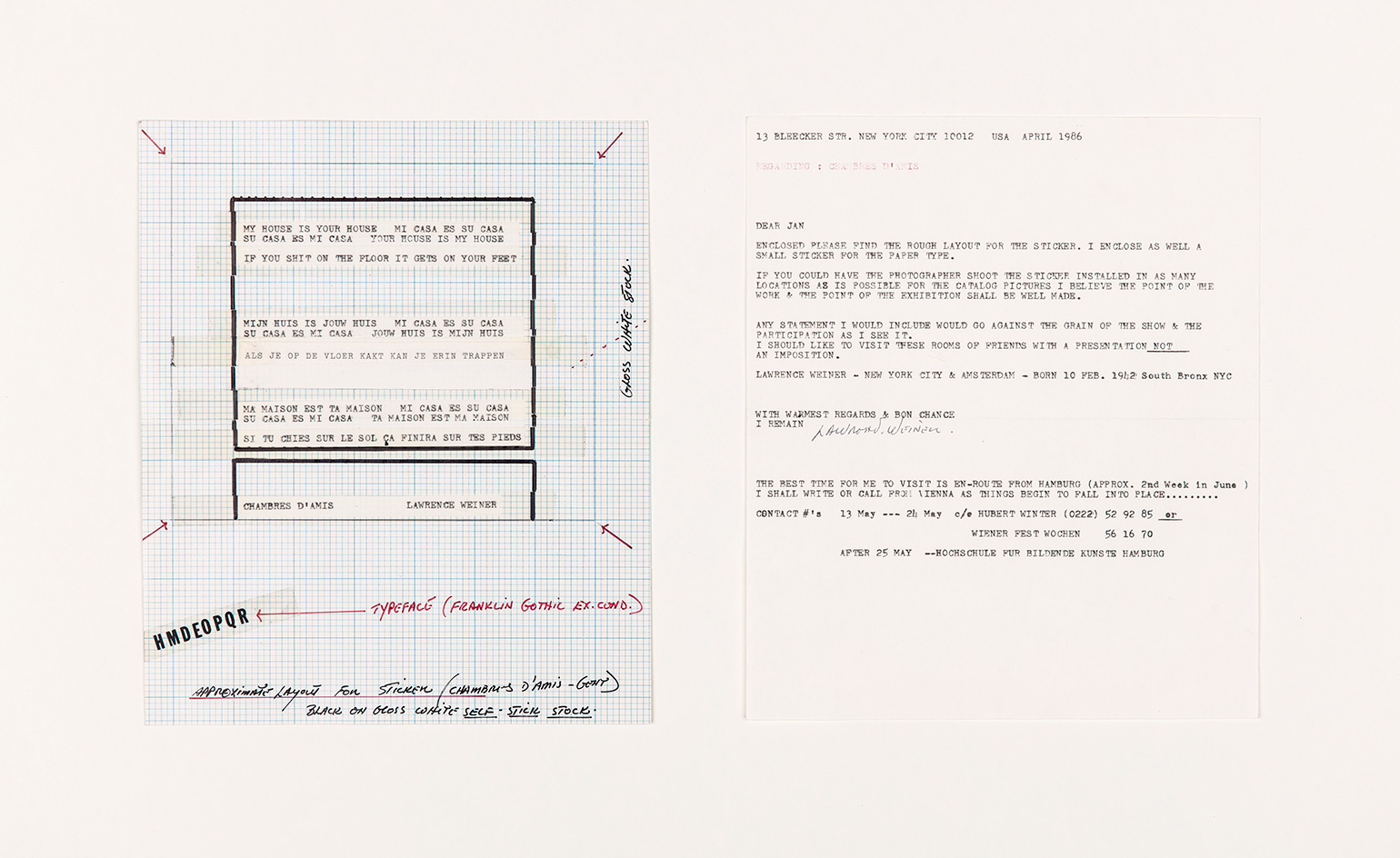
A Lawrence Weiner typed letter to Jan Hoet accompanied by a project proposal for Chambres d'Amis, 1986. Courtesy the family of Jan Hoet
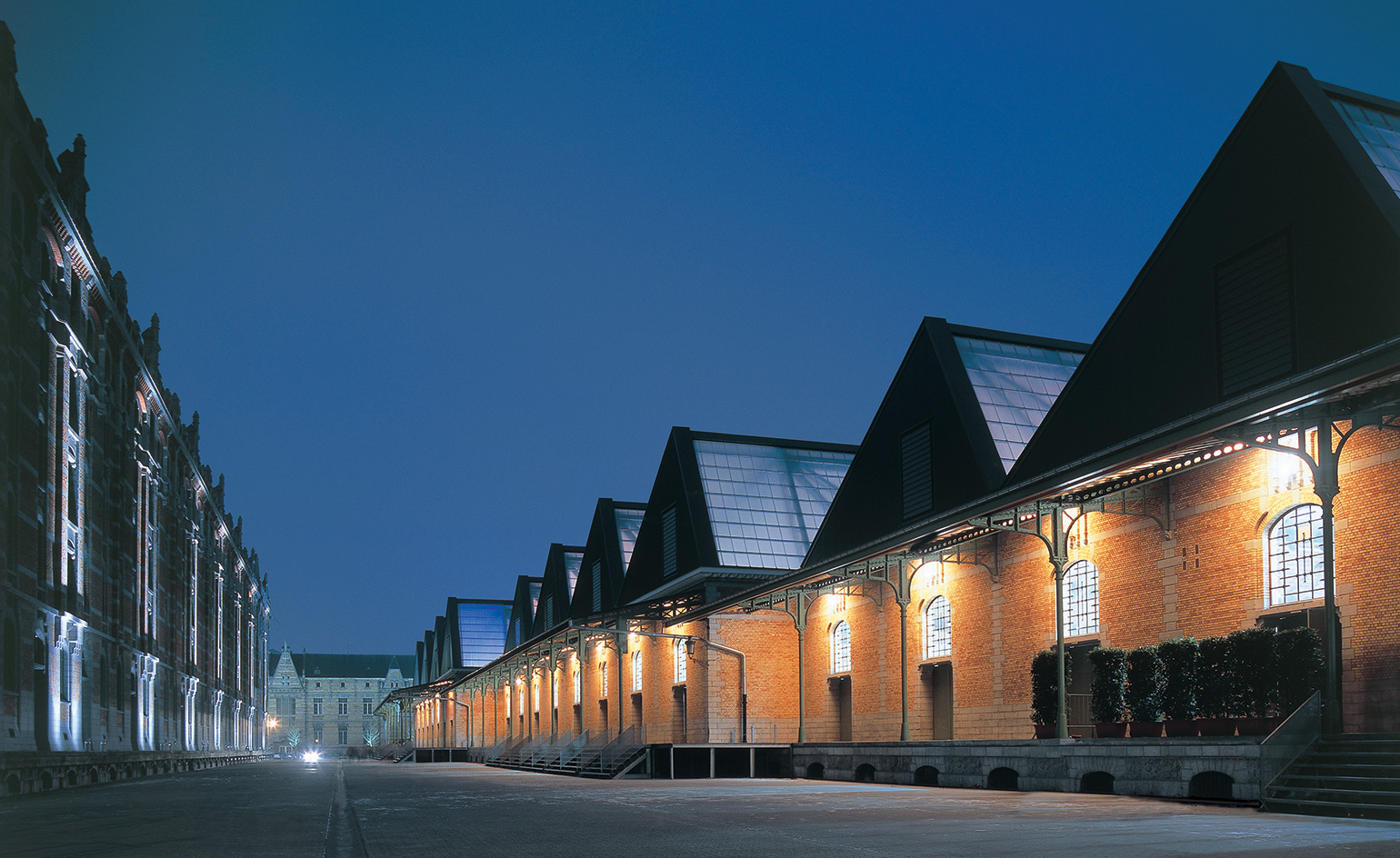
This resulted in renewed, respectful viewing conditions that allowed northern light to flow into the Tom Postma-designed space. Pictured: exterior of Tour & Taxis at night
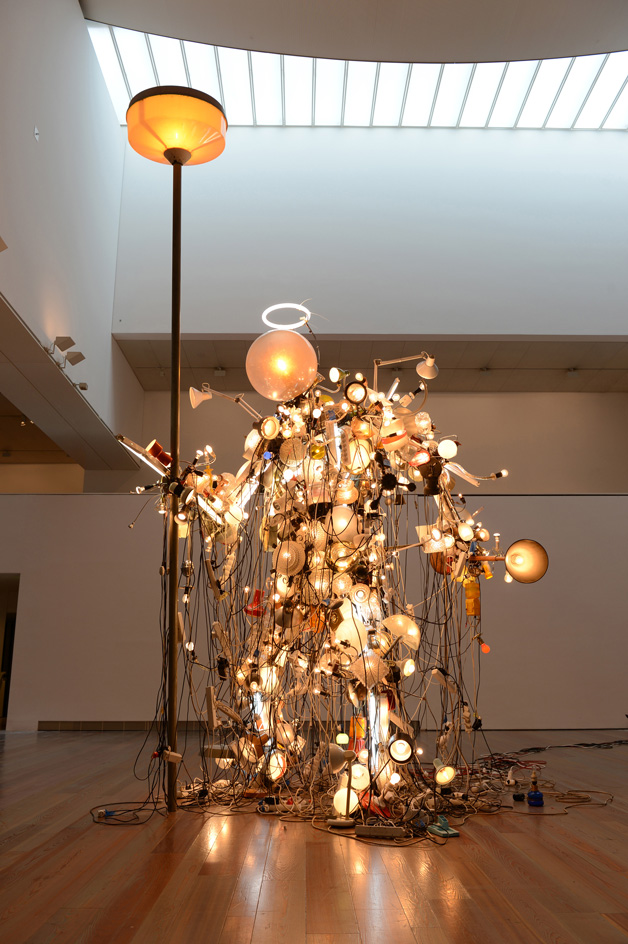
Managing director Anne Vierstraete comments, 'We turn things around: the first thing you experience is the experimental, young artists with work produced between 2013 and 2016; artists who haven’t reached the international market yet.' Pictured: My Light Is Your Life (Shiva Samurai), by Krištof Kintera, 2014, at D+T Project Gallery (within the 'Prime' section). Courtesy D+T Gallery
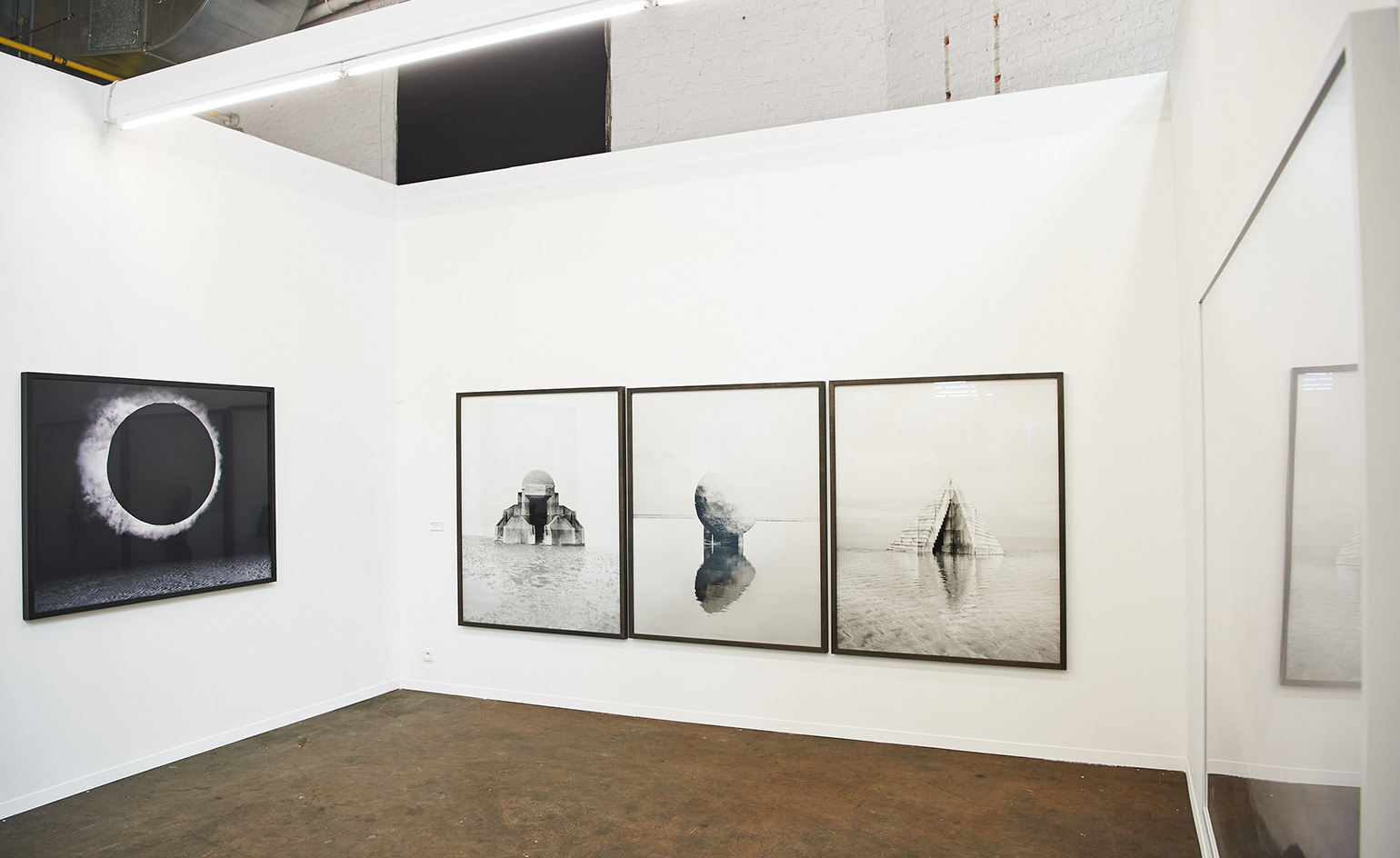
Art Brussels steered the conversation even more towards the discovery of exciting talent by adding a new section, ‘Rediscovery’, in which a number of artists from the historical avant-garde were identified that had been previously overlooked or forgotten. Pictured: Les Filles Du Calvaire's booth.
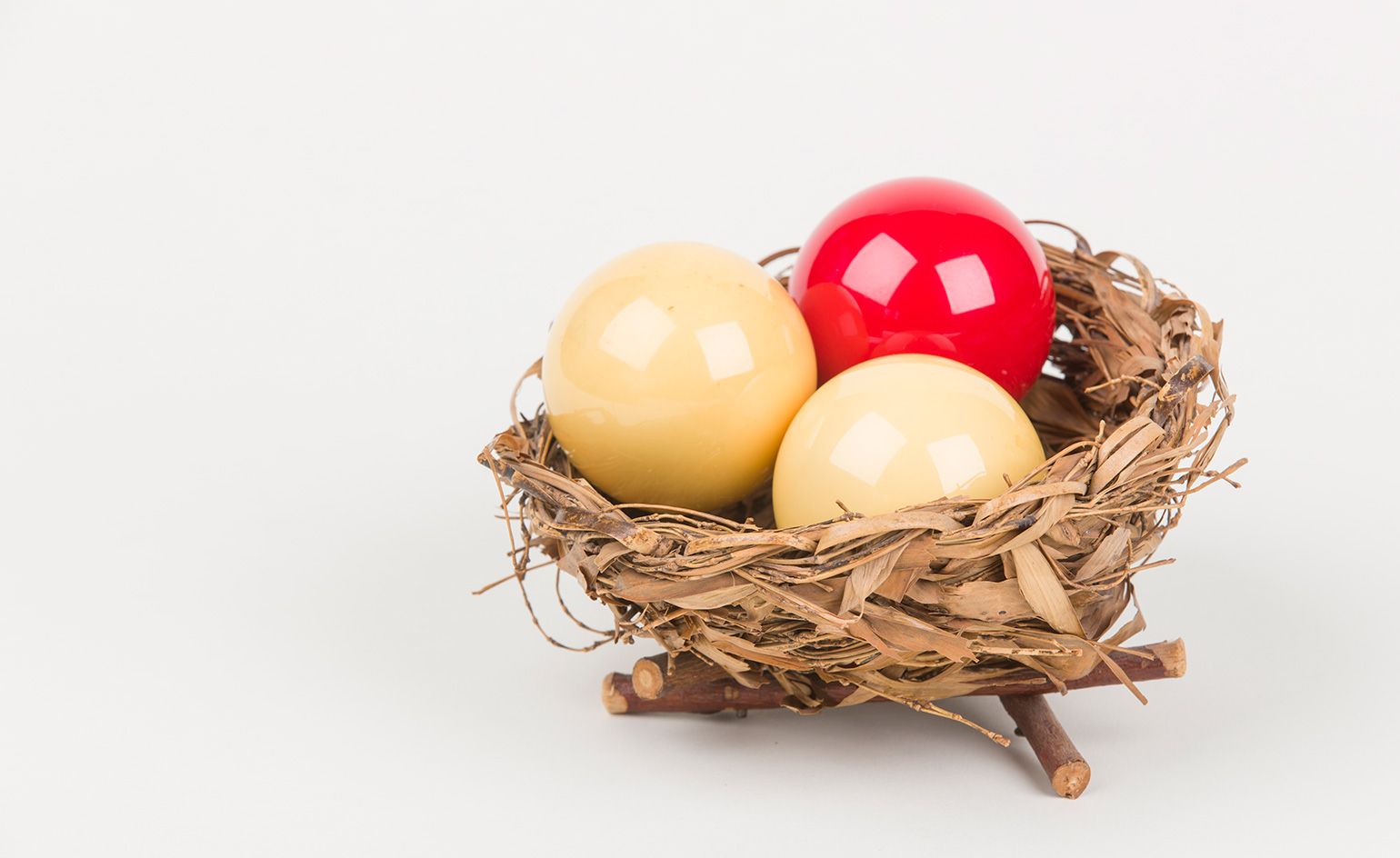
Sorry, by Guillaume Bijl, from the 'Birds Nest With Pool Balls' collection, 1987. Courtesy the family of Jan Hoet
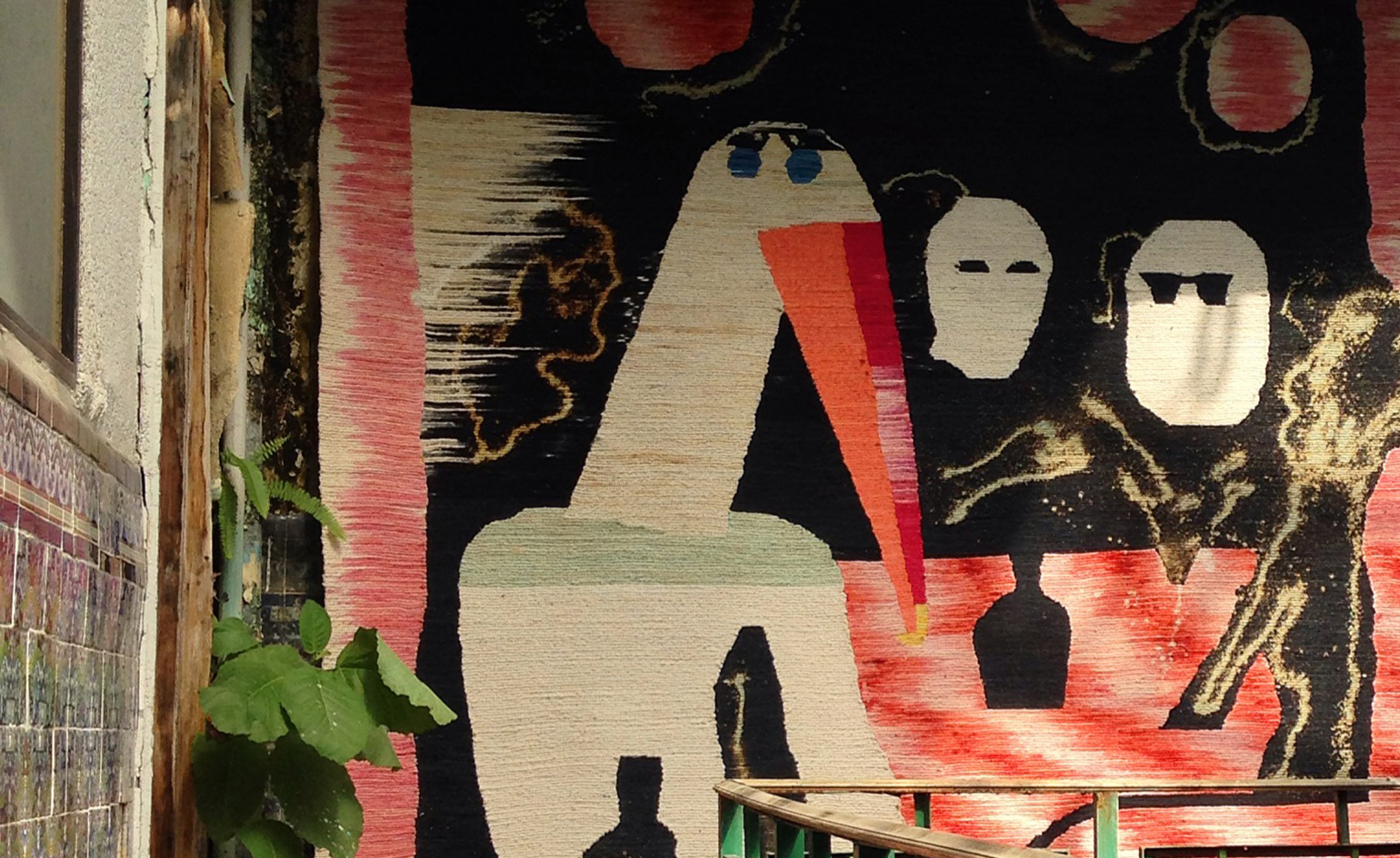
Untitled Tapestry, by Yann Gerstberger, at Sorry We're Closed, Brussels.
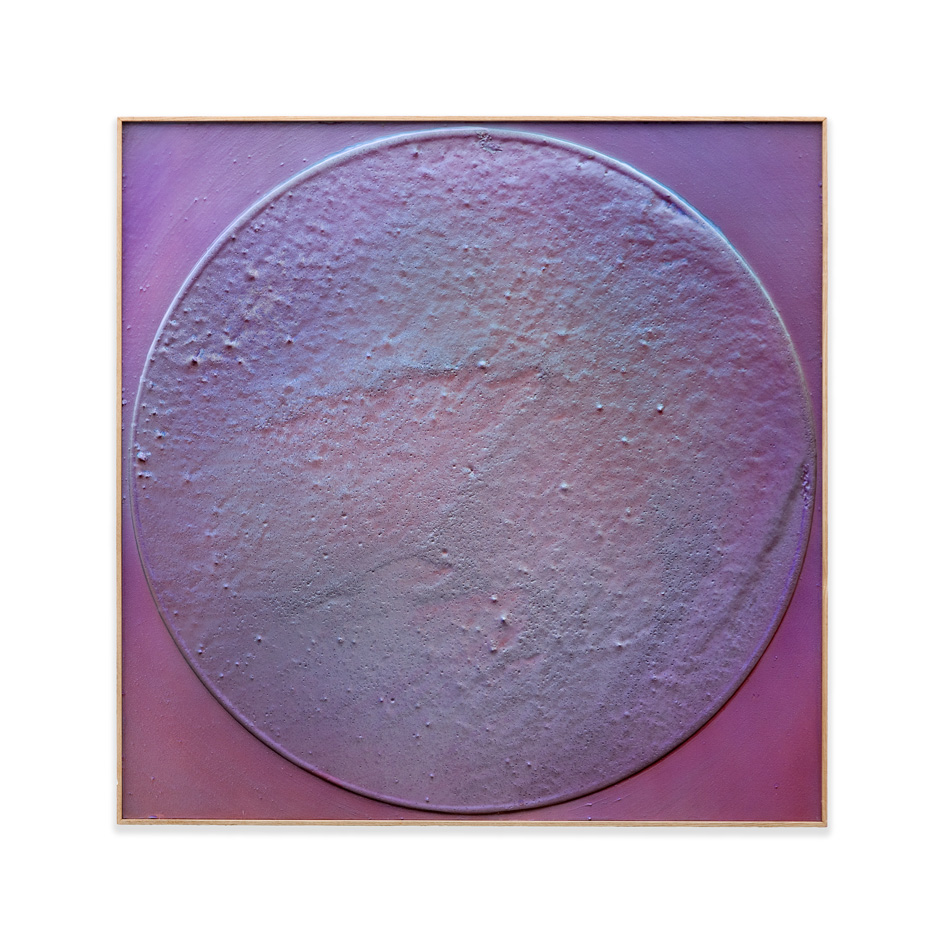
The work of Yuko Nasaka at Axel Vervoordt (pictured) had a subdued quality that, with its references to the moon, was almost mystical. Courtesy the artist and Axel Vervoordt Gallery
INFORMATION
Art Brussels ran from 22–24 April. For more information, visit the Art Brussels website
Photography courtesy Art Brussels
ADDRESS
Tour & Taxis
Avenue du Port 86c
B-1000 Brussels
Wallpaper* Newsletter
Receive our daily digest of inspiration, escapism and design stories from around the world direct to your inbox.
Siska Lyssens has contributed to Wallpaper* since 2014, covering design in all its forms – from interiors to architecture and fashion. Now living in the U.S. after spending almost a decade in London, the Belgian journalist puts her creative branding cap on for various clients when not contributing to Wallpaper* or T Magazine.
-
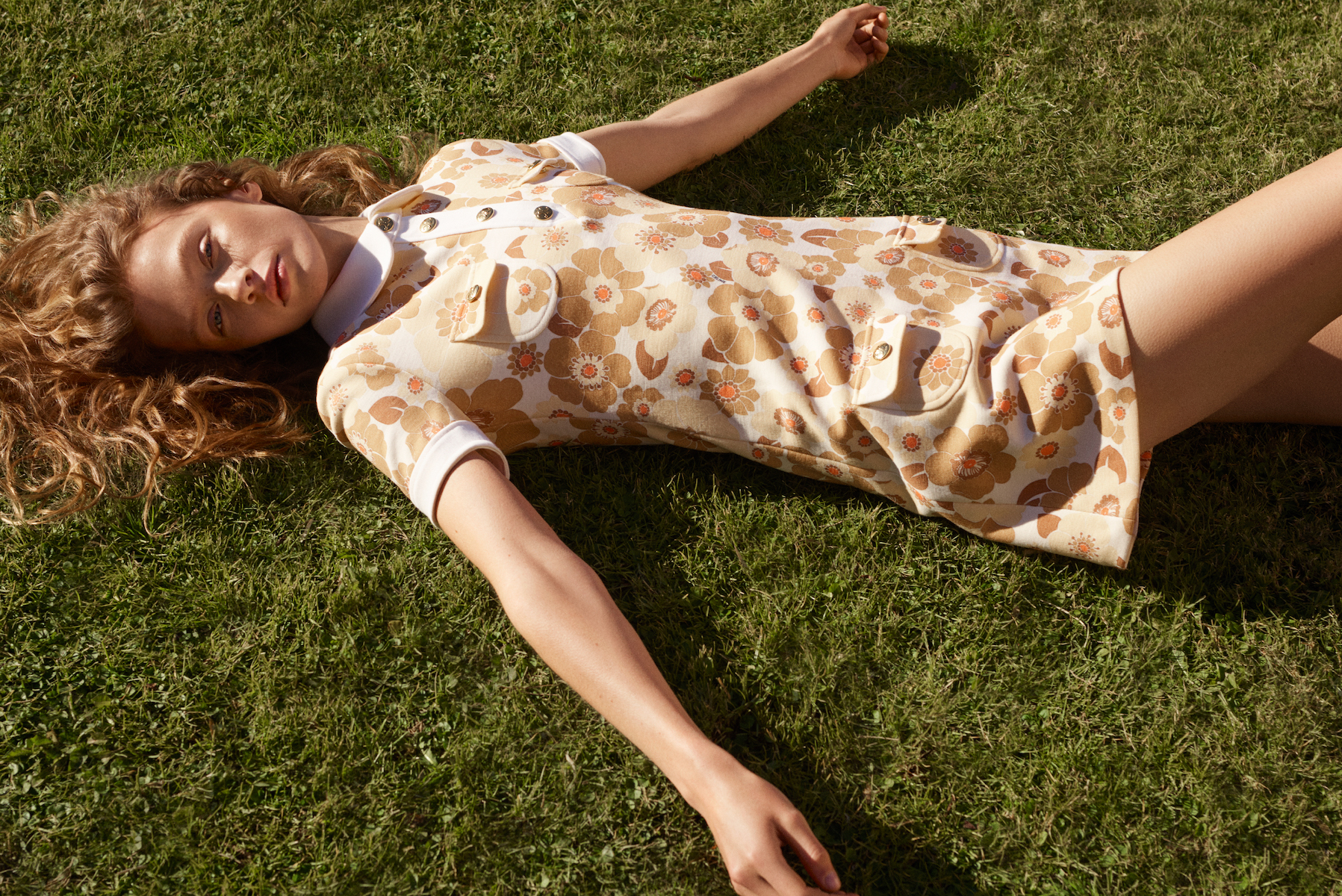 Inspired by the French Riviera, Été Celine heralds the arrival of summer
Inspired by the French Riviera, Été Celine heralds the arrival of summerCeline’s new summer collection, capturing the ‘freedom and lightness’ of Saint-Tropez escapes, arrives at The Selfridges Corner Shop in a transporting pop-up
By Jack Moss
-
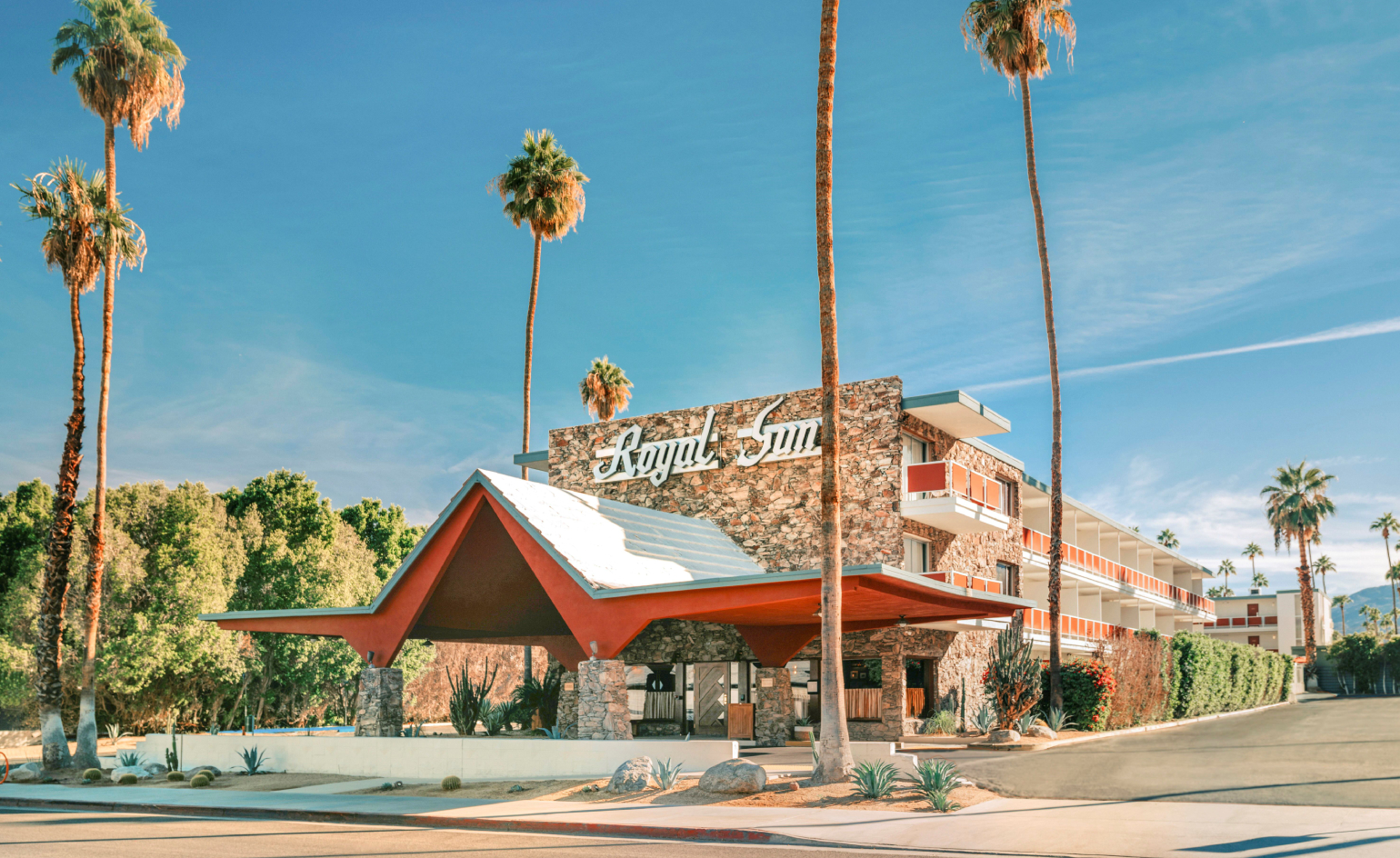 Seven things not to miss on your sunny escape to Palm Springs
Seven things not to miss on your sunny escape to Palm SpringsIt’s a prime time for Angelenos, and others, to head out to Palm Springs; here’s where to have fun on your getaway
By Carole Dixon
-
 Microsoft vs Google: where is the battle for the ultimate AI assistant taking us?
Microsoft vs Google: where is the battle for the ultimate AI assistant taking us?Tech editor Jonathan Bell reflects on Microsoft’s Copilot, Google’s Gemini, plus the state of the art in SEO, wayward algorithms, video generation and the never-ending quest for the definition of ‘good content’
By Jonathan Bell
-
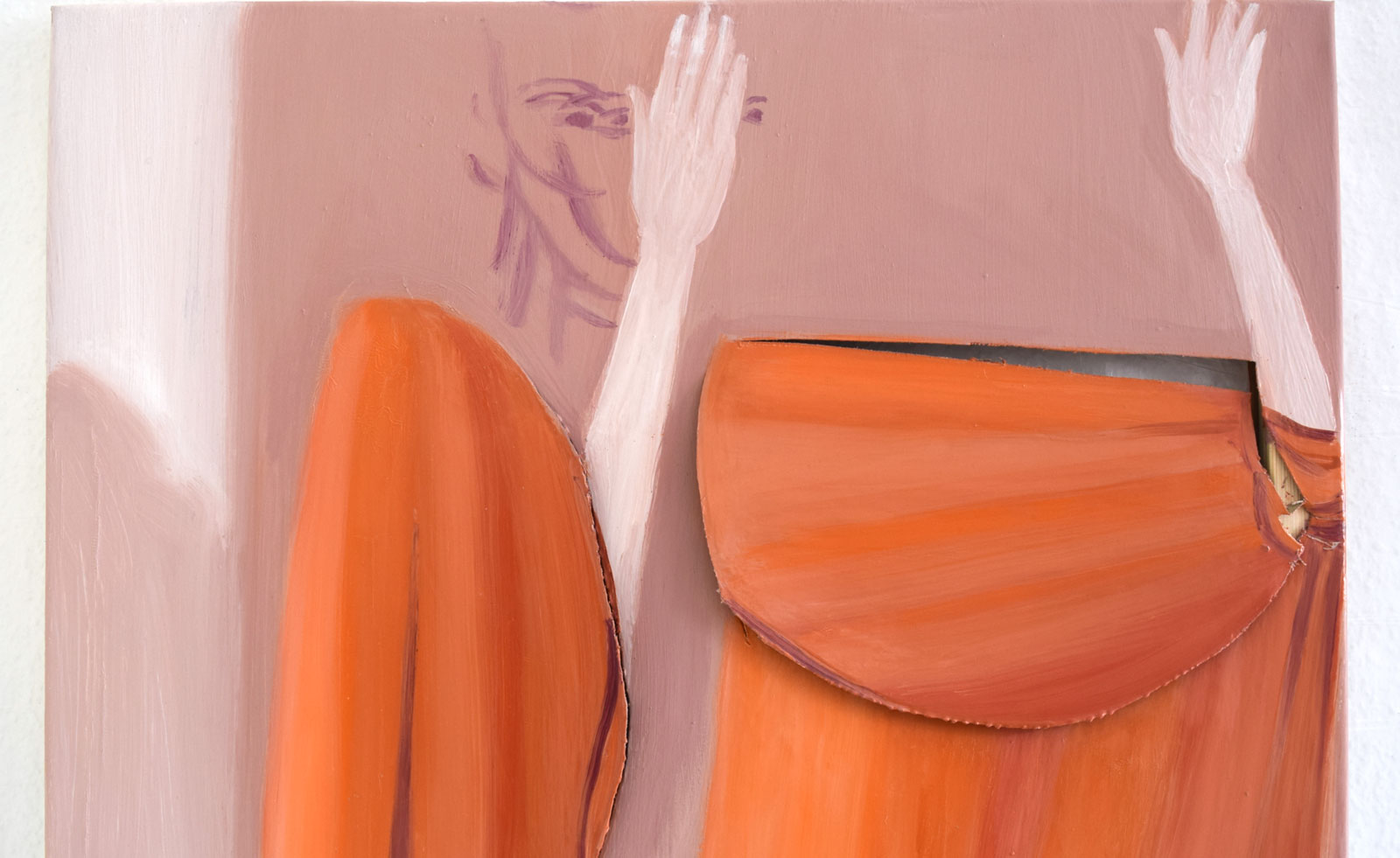 Artist Emmanuelle Castellan’s textural takeover in Brussels
Artist Emmanuelle Castellan’s textural takeover in BrusselsLa Verrière gallery in Brussels and Fondation d’entreprise Hermès present ‘Spektrum’, infused with colour and texture by the works of Emmanuelle Castellan
By Hannah Silver
-
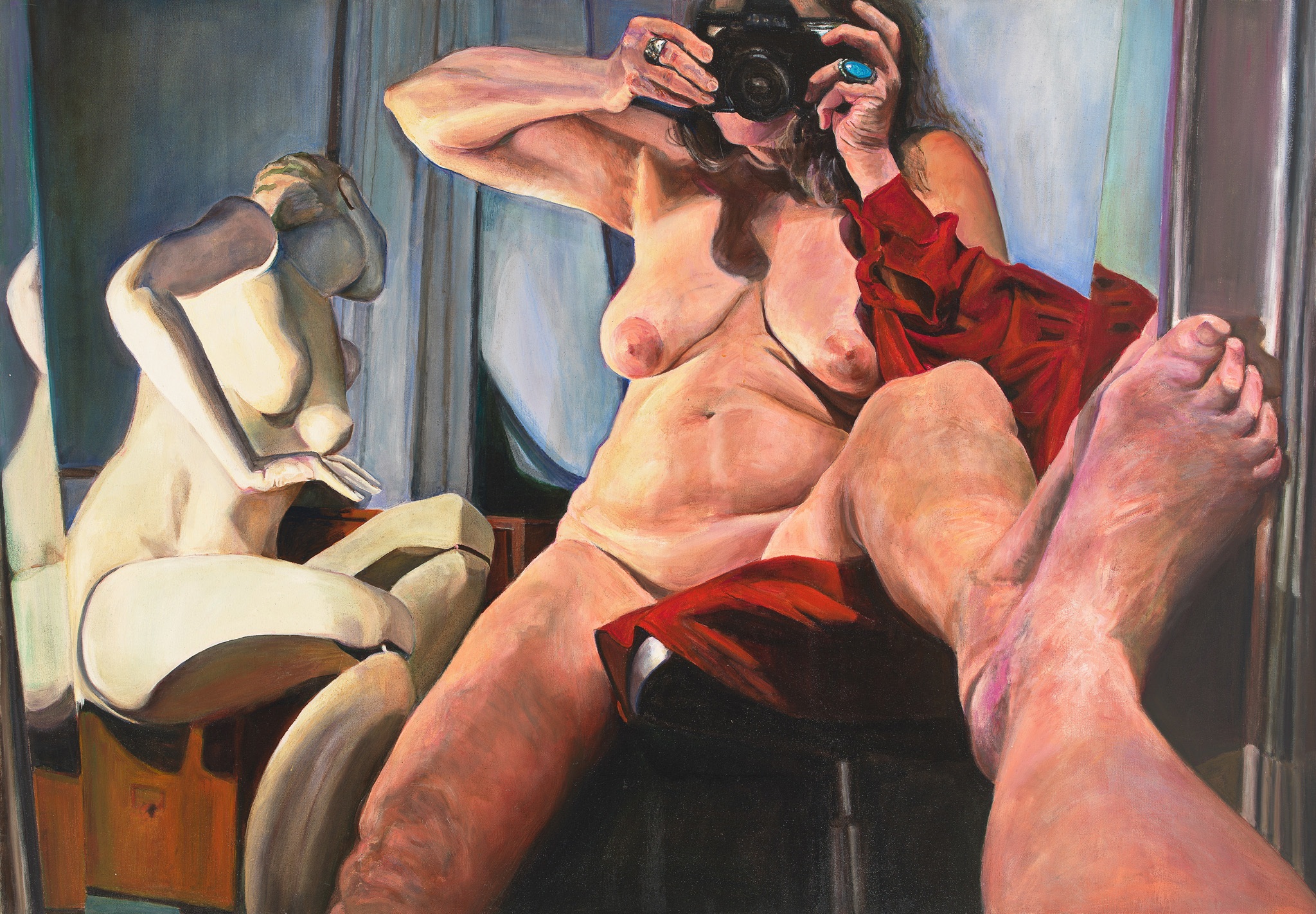 The ageing female body and the cult of youth: Joan Semmel in Belgium
The ageing female body and the cult of youth: Joan Semmel in BelgiumJoan Semmel’s ‘An Other View’ is currently on show at Xavier Hufkens, Belgium, reimagining the female nude
By Hannah Silver
-
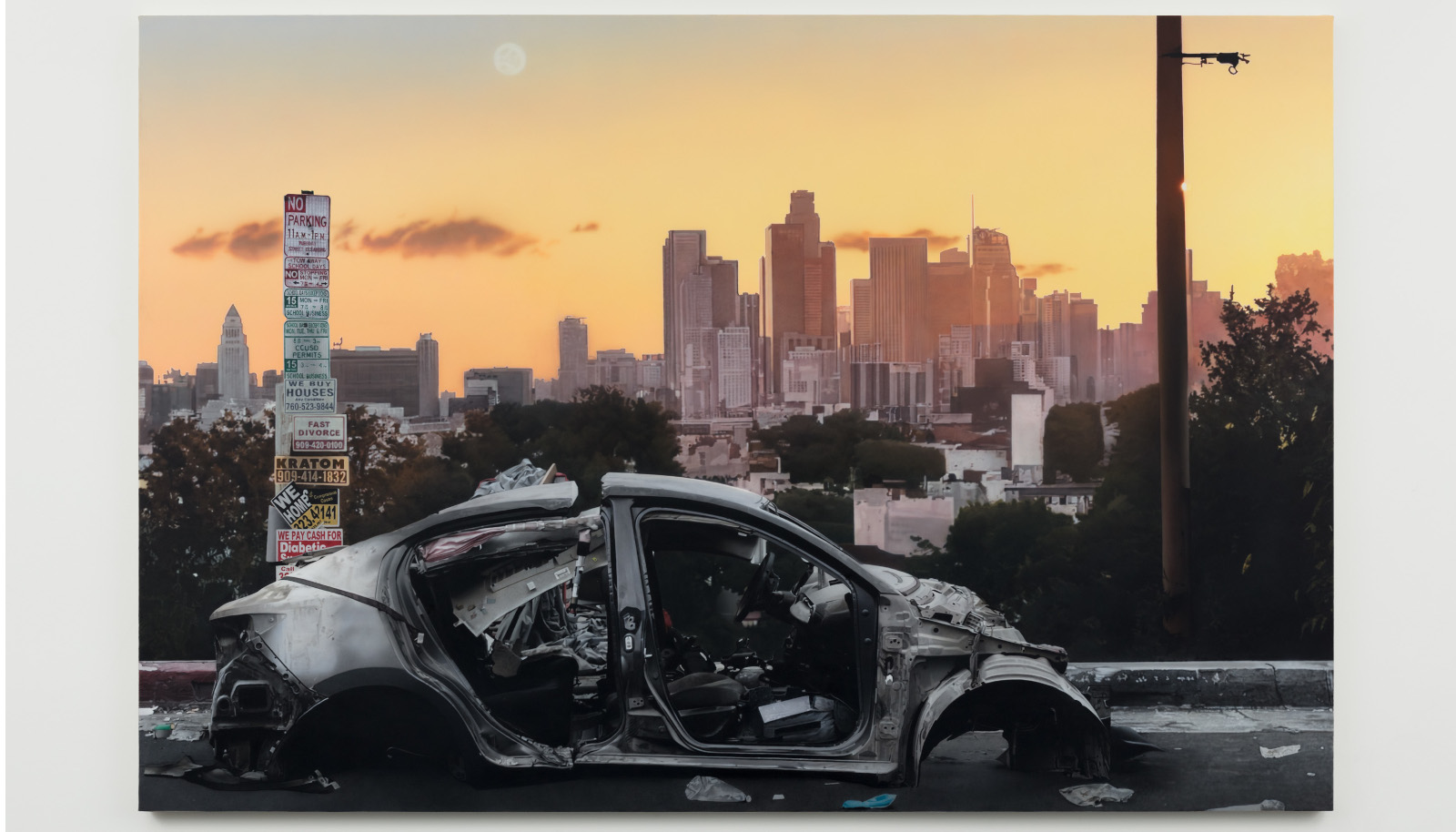 ‘Heaven ’N’ Earth’: Sayre Gomez blurs the reality and illusion of Los Angeles
‘Heaven ’N’ Earth’: Sayre Gomez blurs the reality and illusion of Los AngelesSayre Gomez’s ‘Heaven ‘N‘ Earth’ at Xavier Hufkens in Brussels explores the contrasts between wealth and poverty, reality and illusion in Los Angeles
By Finn Blythe
-
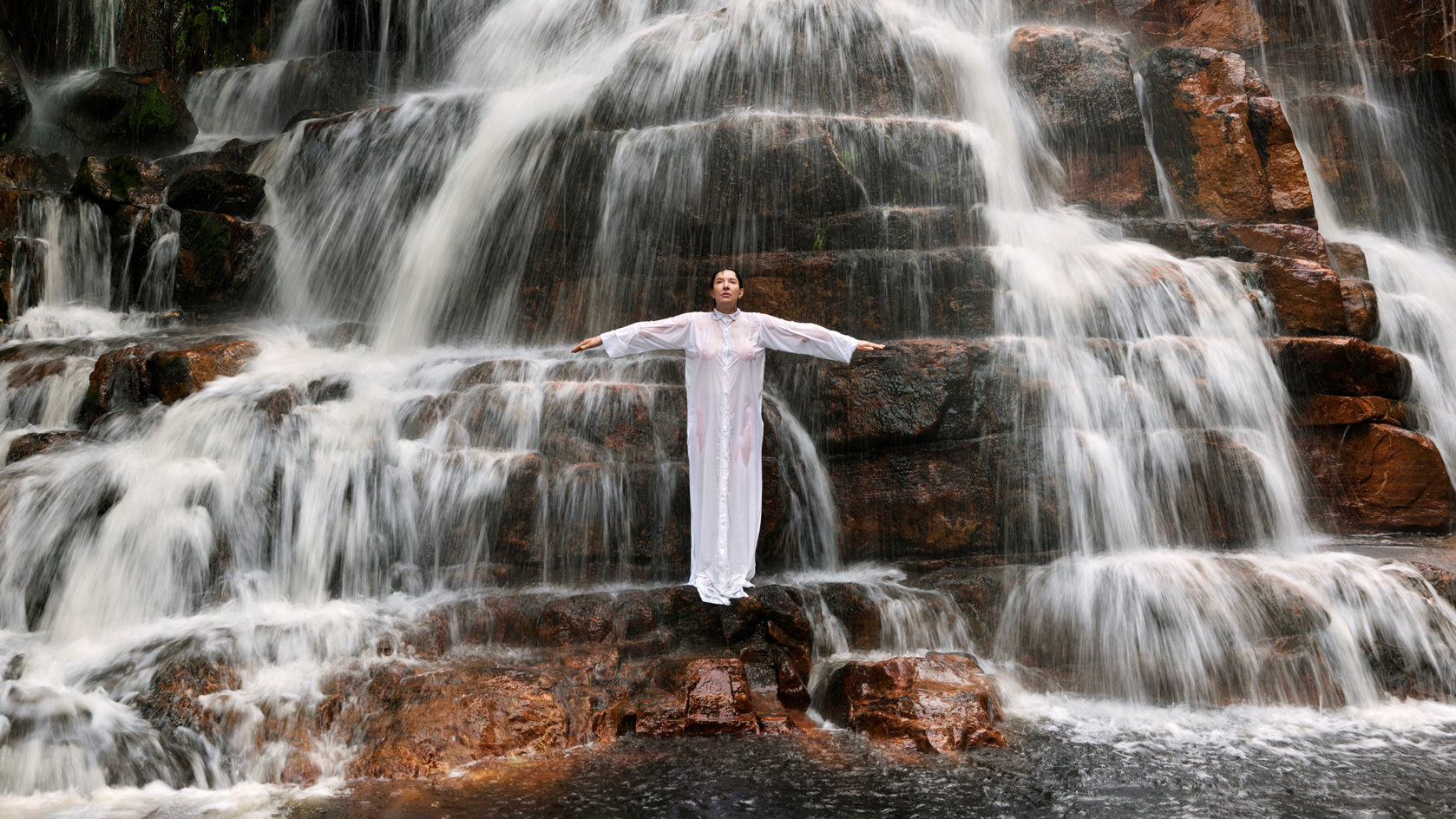 EXPO Chicago 2023 is an indoor-outdoor art extravaganza, from witches to unicorns
EXPO Chicago 2023 is an indoor-outdoor art extravaganza, from witches to unicornsAs the landmark 10th edition of EXPO Chicago kicks off, Jessica Klingelfuss explores the fair and this citywide art spectacle, from Derrick Adams’ unicorns to a witch-themed group show
By Jessica Klingelfuss
-
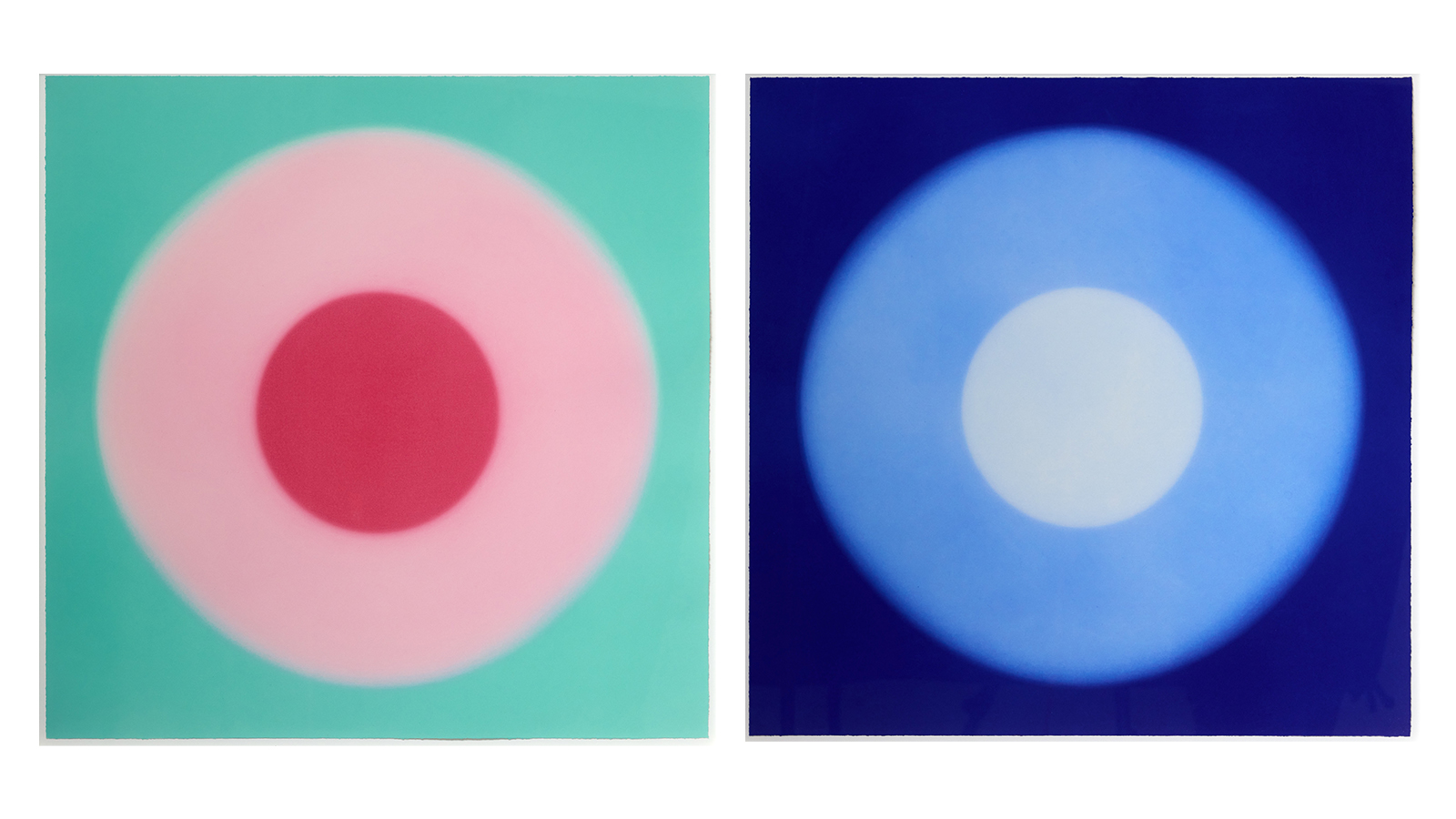 London Original Print Fair 2023: 10 prints on our radar, from Brian Eno to Tracey Emin
London Original Print Fair 2023: 10 prints on our radar, from Brian Eno to Tracey EminAs London Original Print Fair 2023 kicks off (until 2 April 2023), explore the 10 prints on our wish list this year, from Brian Eno to Tracey Emin; Mona Hatoum to Harland Miller
By Harriet Lloyd-Smith
-
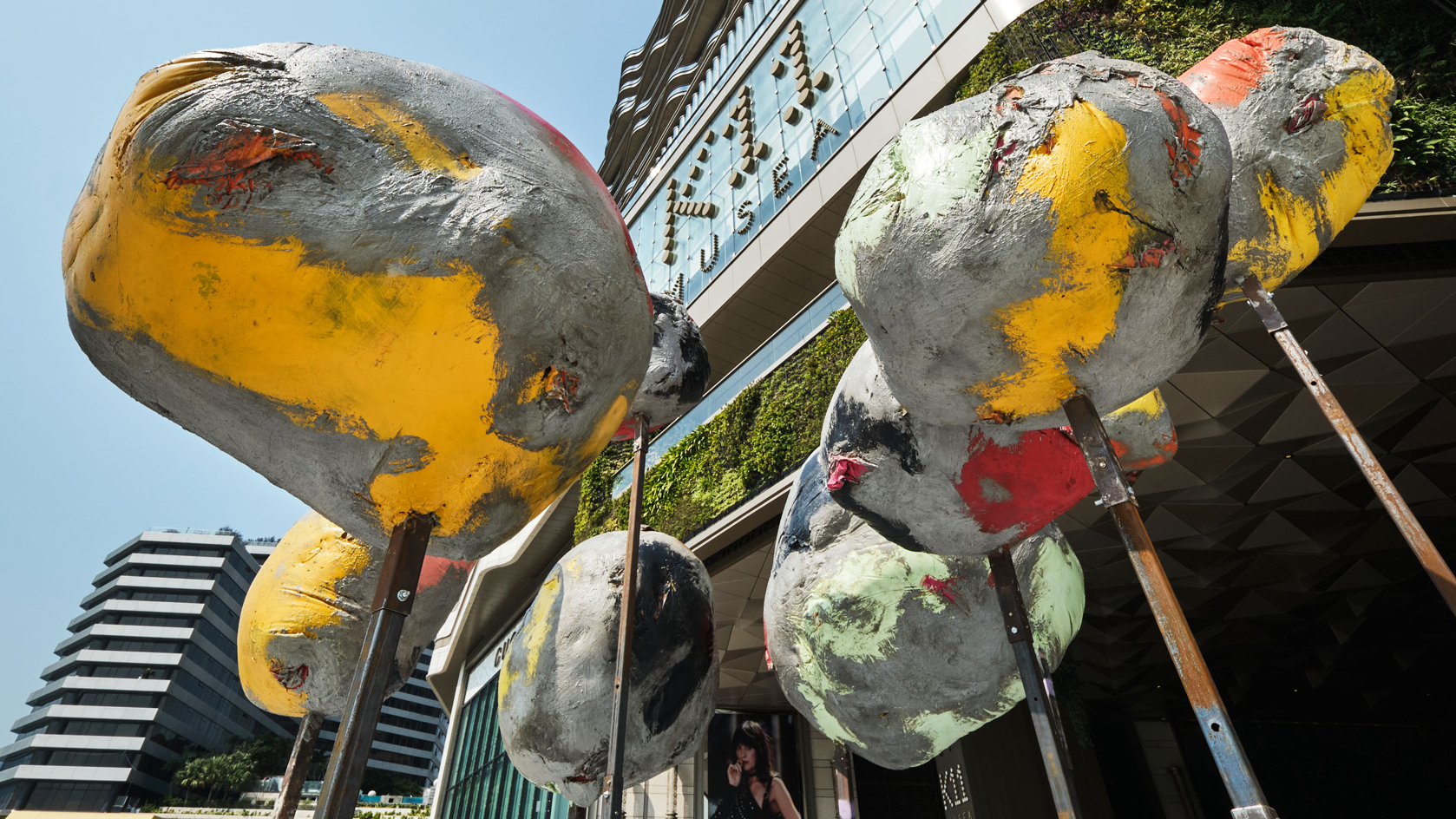 Art Basel Hong Kong 2023: can the city’s art scene bounce back?
Art Basel Hong Kong 2023: can the city’s art scene bounce back?Art Basel Hong Kong 2023 is about to kick off following years of restrictions. Catherine Shaw explores what we can expect in and around this year’s fair (23-25 March 2023), and whether Hong Kong can bounce back to reclaim the title of ‘Asia’s art hub’
By Catherine Shaw
-
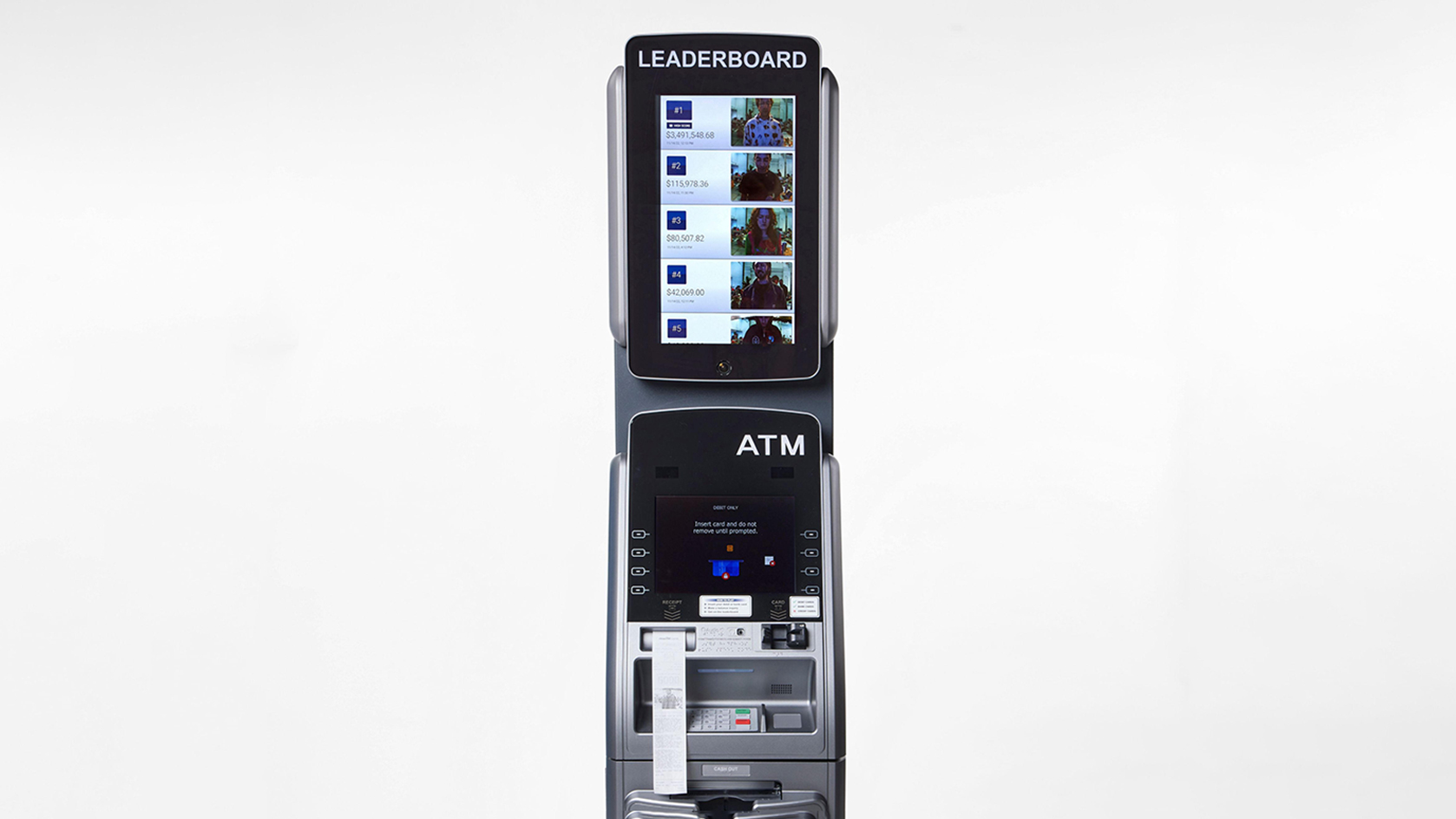 The most surreal moments in Art Basel history, from taped bananas to wealth-ranking ATMs
The most surreal moments in Art Basel history, from taped bananas to wealth-ranking ATMsAs a wealth-ranking ATM stole hearts and headlines at Art Basel Miami 2022, we look back on the most controversial moments in the history of Art Basel
By Harriet Lloyd-Smith
-
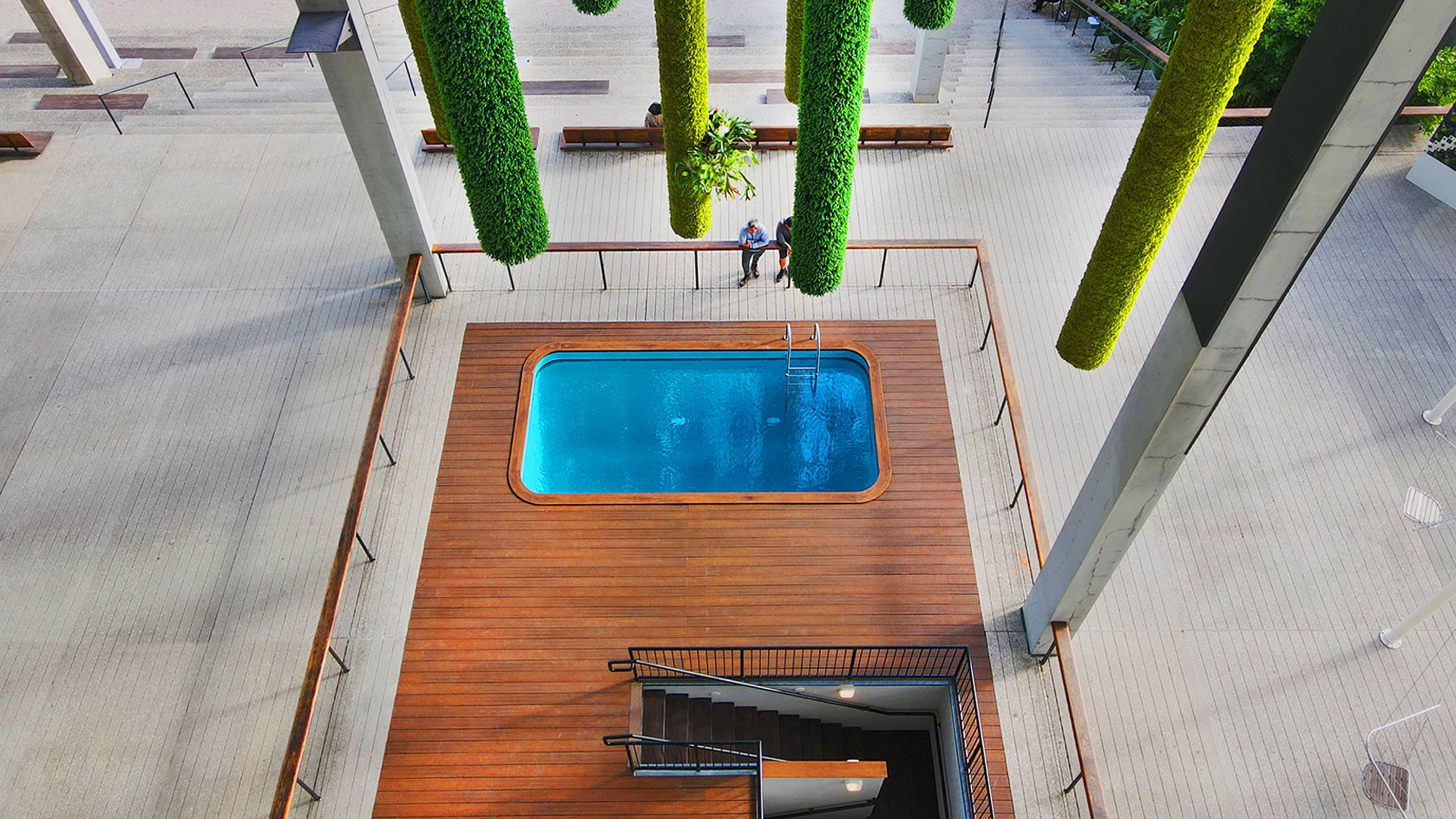 Miami Art Week 2022: your guide to the 6 best shows in town
Miami Art Week 2022: your guide to the 6 best shows in townAs Miami Art Week 2022 enters full swing, explore our preview guide to the highlights, from Art Basel Miami Beach 2022 art fair to the best exhibitions and events
By Harriet Lloyd-Smith